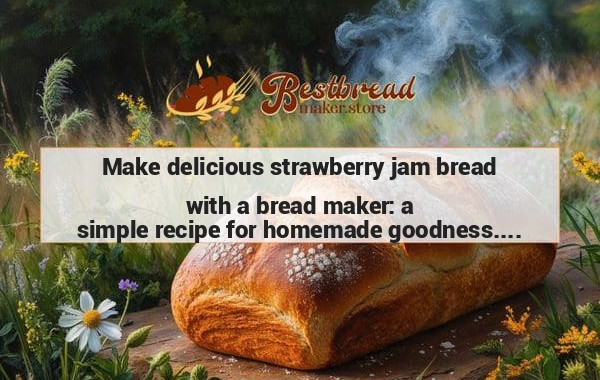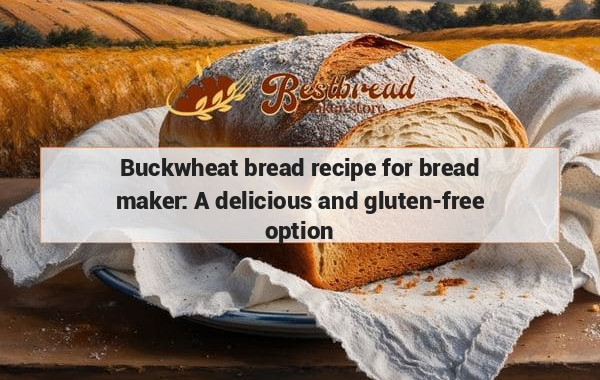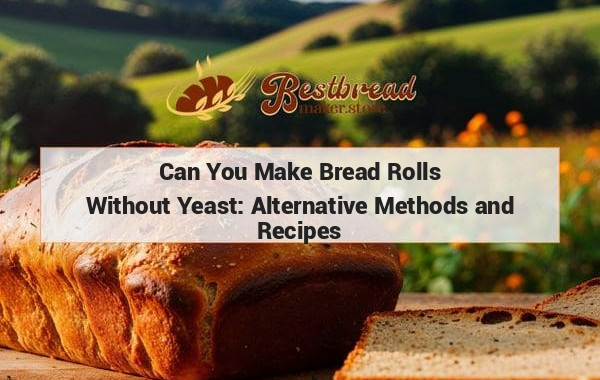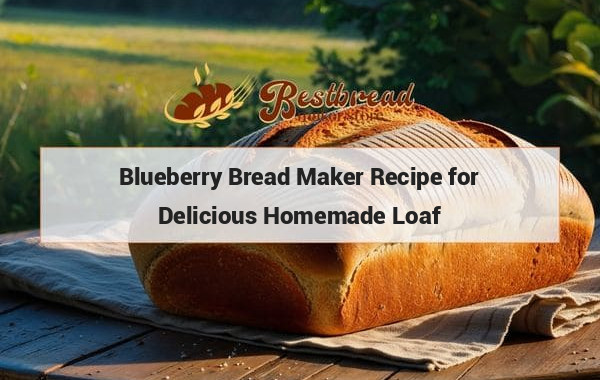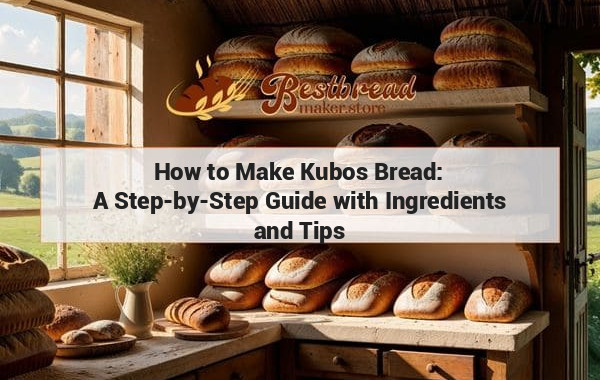How to Make Marble Rye Bread: Recipe, Ingredients, and Step-by-Step Instructions
To make marble rye bread, start by combining rye and white bread dough. Roll out the dough, stack them together, and twist to create a marbled effect. Let it rise, then bake until golden brown. Enjoy this delicious and visually appealing bread with your favorite toppings or as a side to soups and salads.
How to make marble rye bread is a skill that can transform your homemade bread-making experience. This type of bread stands out for its distinctive swirl of light and dark doughs, creating both an appealing look and a delicious taste. In this guide, we’ll walk you through the process, providing expert tips and detailed steps to help you bake perfect marble rye bread every time.
Key Takeaways:
Making marble rye bread involves preparing two types of dough, shaping them together for the iconic swirl, and baking to perfection. With attention to ingredients, kneading, and baking techniques, you’ll achieve the ideal texture and flavor balance.
Understanding Marble Rye Bread
Marble rye bread is unique for its aesthetic and taste, combining two different doughs—typically one light and one dark rye. The "marbling" is achieved by rolling the two doughs together before baking, giving the bread its signature look. Its dense and chewy texture, paired with a slightly tangy flavor, makes it a popular choice for sandwiches, toast, or simply on its own.
Why Marble Rye Bread Stands Out
The mixture of light and dark rye provides a blend of flavors and textures. The light dough offers a milder, sweeter taste, while the darker rye, often colored with cocoa or molasses, adds a deeper, earthier note. This contrast creates a flavor complexity that elevates even the simplest of meals.
Ingredients Matter
The ingredients you use are crucial in creating the right balance between the doughs. High-quality rye flour, along with wheat flour, is essential for structure, while molasses or cocoa in the dark dough gives that rich color and depth of flavor.
Steps to Make Marble Rye Bread
Let’s dive into the step-by-step process of making your own marble rye bread at home. You’ll need to make two separate doughs—one light and one dark.
Preparing the Light Rye Dough
- Mix dry ingredients: In a large bowl, combine rye flour, all-purpose flour, yeast, and salt. This forms the base of your light rye dough.
- Add wet ingredients: Slowly add warm water and oil, mixing until a dough forms. Knead until the dough becomes smooth and elastic, about 10 minutes.
- Let it rise: Place the dough in a greased bowl, cover it with a damp cloth, and let it rise in a warm place until doubled in size (about 1-2 hours).
Preparing the Dark Rye Dough
- Mix dry ingredients: Similar to the light rye dough, but with the addition of cocoa powder or molasses to give the dough its signature dark color.
- Combine wet ingredients: Add water and oil, kneading until the dough is smooth and elastic.
- Allow it to rise: Like the light dough, allow it to rise in a warm place for 1-2 hours.
Shaping and Marbling the Dough
Once both doughs have risen, it’s time to create the marble effect. Here’s how:
- Roll out both doughs: Roll each dough into a rectangle on a lightly floured surface.
- Layer the doughs: Place one rectangle on top of the other. For a swirl effect, roll them up together tightly, starting from one end.
- Twist for marbling: Alternatively, you can twist the doughs together to create a different marbled pattern.
- Final rise: Place the shaped loaf into a greased pan, cover, and let it rise again for 30-60 minutes.
Baking Your Marble Rye Bread
Preheat your oven to 375°F (190°C) while the dough is completing its final rise. Bake the bread for 35-40 minutes, or until the crust is golden and firm. Tap the bottom of the loaf—if it sounds hollow, your bread is ready!
Tips for Perfect Marble Rye Bread
Achieving the best results with marble rye bread requires attention to detail. Here are some expert tips:
- Kneading: Proper kneading is essential for gluten development, which gives your bread its structure and chewiness.
- Rising time: Be patient with your dough. Allowing it to rise fully ensures a light, airy texture inside.
- Baking time: Don't rush the baking process. Under-baking can lead to a dense, doughy loaf.
Variations of Marble Rye Bread
Once you’ve mastered the classic version, try experimenting with different flavors and ingredients. Some ideas include:
- Caraway seeds: Add caraway seeds to the light dough for an extra layer of flavor.
- Spices: Try adding ground coriander or fennel seeds to the dark dough for a unique twist.
Frequently Asked Questions
1. What makes marble rye bread different from regular rye bread?
Marble rye bread combines two doughs—light and dark rye—giving it a distinctive swirled appearance and a more complex flavor profile than regular rye bread.
2. Can I use all whole wheat flour instead of a mix?
Using all whole wheat flour will make the bread denser. The mix of all-purpose and rye flour helps keep the loaf light while still having the hearty rye flavor.
3. How can I store marble rye bread to keep it fresh?
Store your marble rye bread in a sealed plastic bag at room temperature. For longer storage, freeze the loaf and thaw before use.
4. Can I use a bread machine to make marble rye bread?
Yes! You can prepare each dough in the machine separately, then shape them by hand for marbling before baking in a conventional oven.
5. Why does my bread turn out too dense?
Dense bread can result from insufficient kneading or not allowing enough time for the dough to rise. Make sure you knead thoroughly and let the dough rise fully before baking.
For those seeking the perfect machine to elevate their bread-making experience, you can explore some of the best bread makers available on the market at bestbreadmaker.store. It’s an excellent resource if you're looking for a high-quality machine that delivers consistent results every time.



